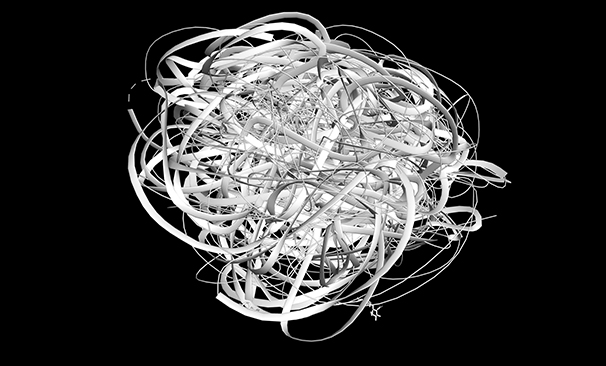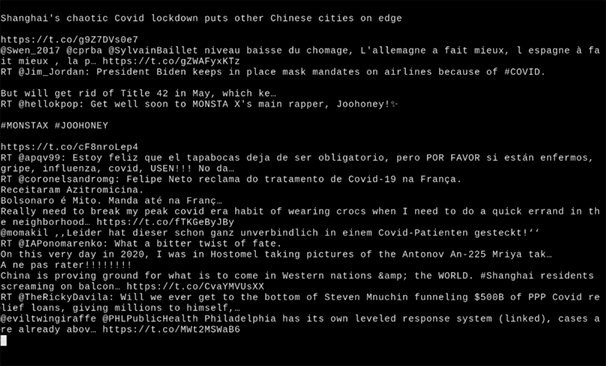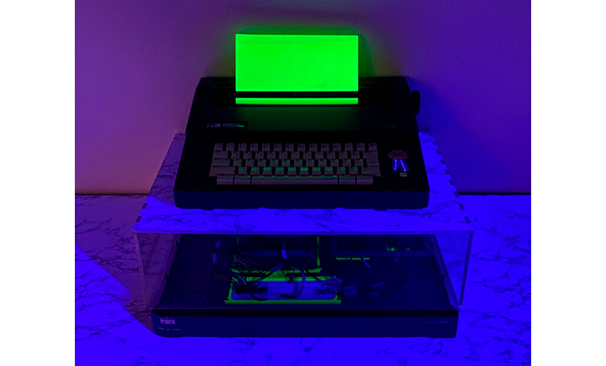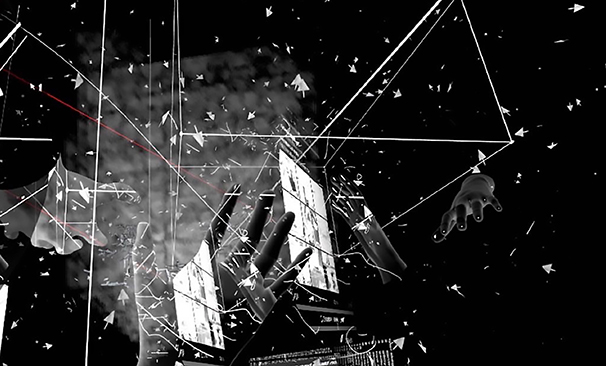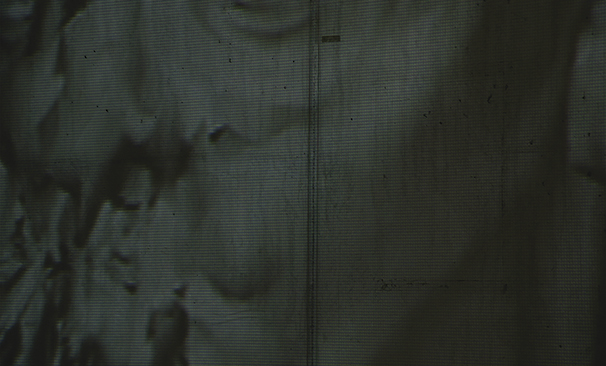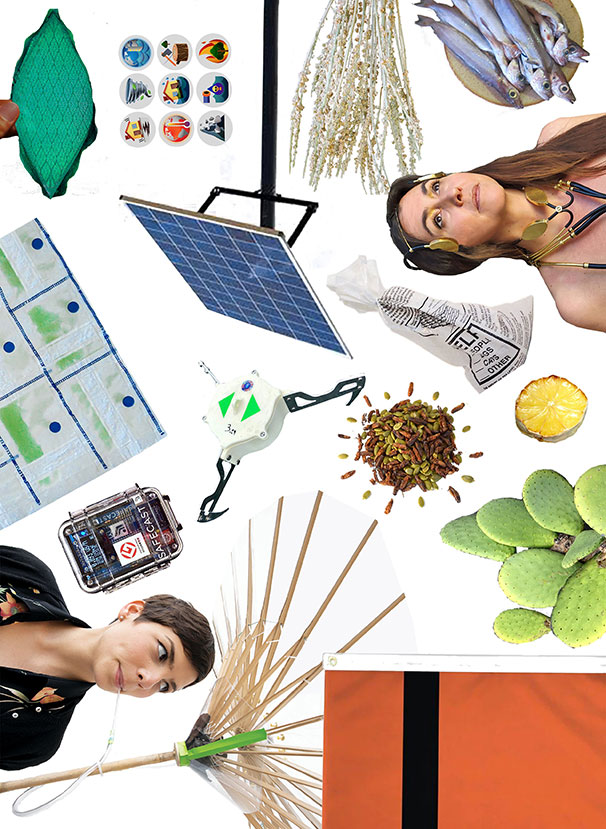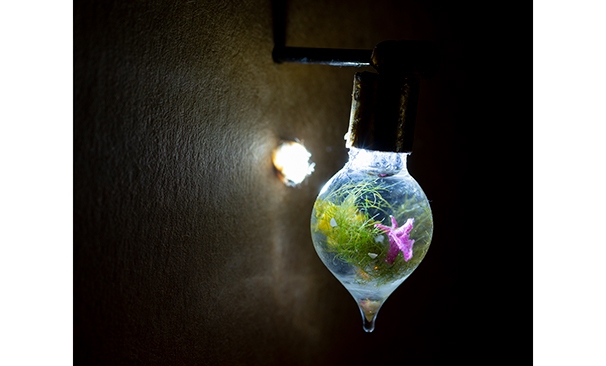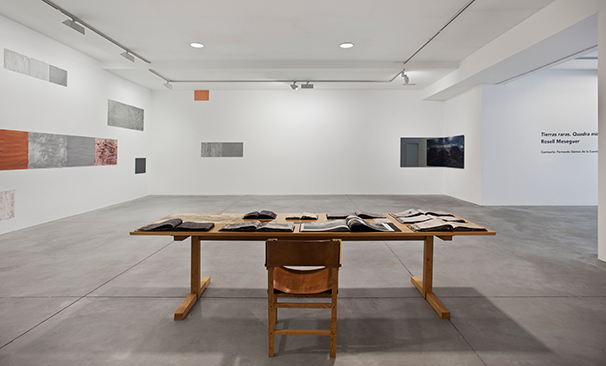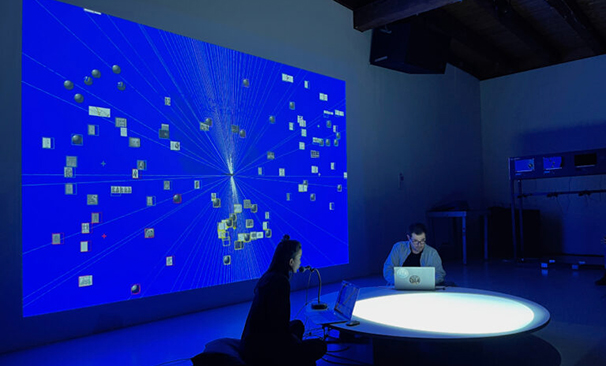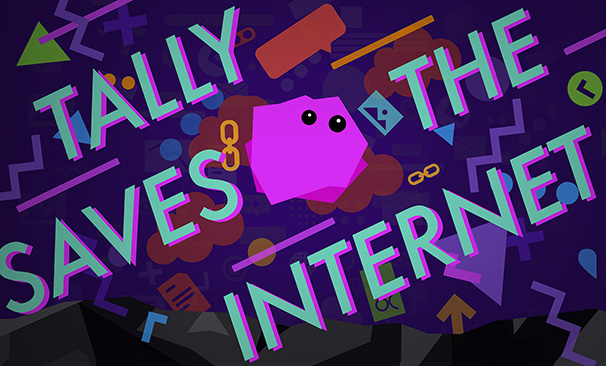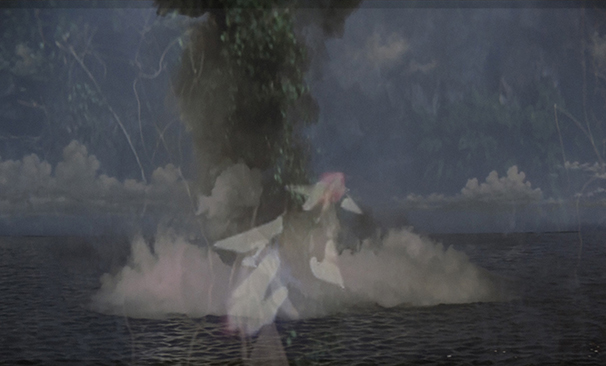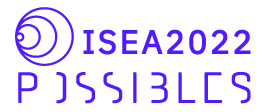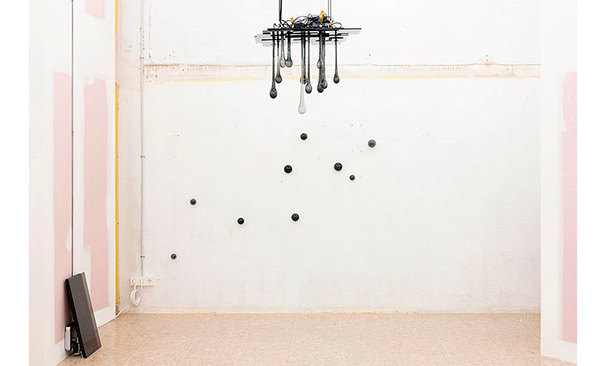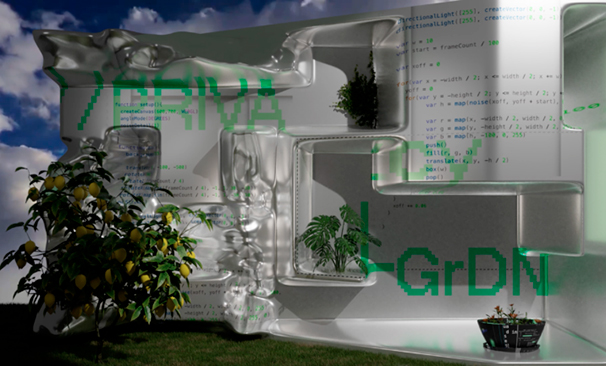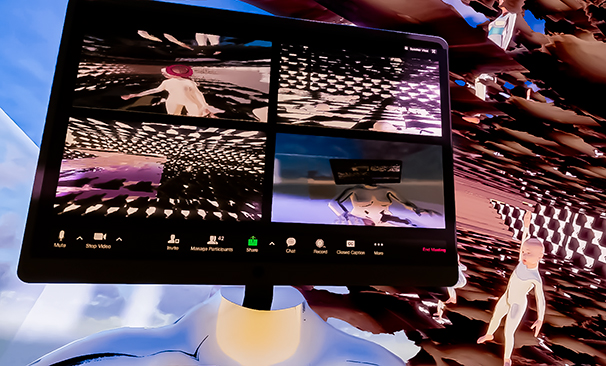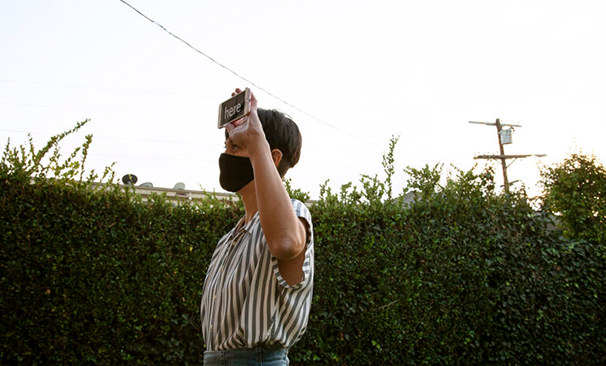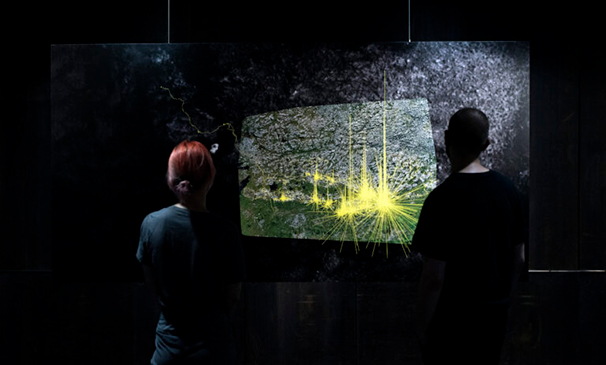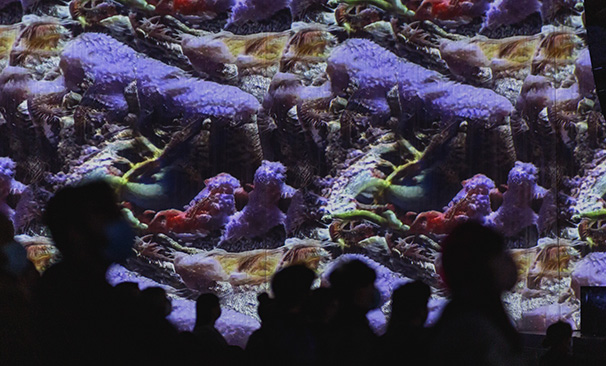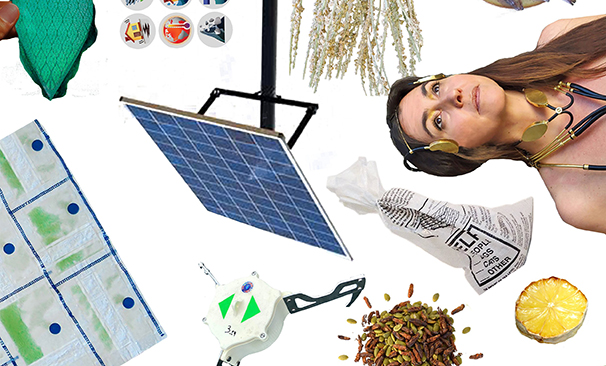What are you looking for?
You might be looking for...
Espaitemps (des)estimats
Daphne Dragona and Jara Rocha
What does it mean to live in the midst of devastation and to find ways to exist through the cracks? Which questions, not new for several modes of existence and lands, are rised by the current planetary crisis? How many worlds have already ended? How many others keep becoming in absolute abandonment? How to give account of the ways in which colonialism, extractivism, patriarchy and different forms of violence have been oppressing, segmenting, excluding and disableing bodies, populations, epistemes and lands for a long time now? This itinerary focuses on (un)wanted zones as spacetimes of sacrifice, and wishes to examine areas that are (administratively, representationally) abandoned, unfairly exposed to damage or strongly wounded. In such places, human or nonhuman existence is disinvested in relation to the deep time of earth as well as the flowing times of day-to-day-turbocapitalism. What is yet to be (un)learned in relation to these areas, and what can the role of technology be? Which tools, discourses, aesthetics and practices can contribute to building forms of transversal resistance and action, while underlining the need for participated, intergenerational and interterritorial environmental justice?
Pieces
Robertina Šebjanič + Sofia Crespo + Feileacan McCormick, AquA(I)formings ![]()
Can AI help us bridge the (otherwise nonexisting) gap between the human and more-than-human world? Which imaginations interweave the damaged subaqueous, informing about chemical alterations, temperatures rising and/or rising sea levels? Can the potential for empathetic interspecies encounters be explored by looking co-machinically into the marine environment? AquA(I)formings uses AI in order to specifically visualise and reveal the past and possible futures of the noble pen shell (Pinna nobilis) of the Adriatic sea. What symultaneous stories does this work tell us, in relation to the limiting and harming commodification of water?
Erich Berger, Spectral Landscapes - Palkiskuru ![]()
What can natural radioactivity teach us about the alteration of the deep time of the landscape, the possible deep future and intergenerational justice on earth? How can humanness sense and relate to the nuclear, mineral and wider geological processes of the planet? "Spectral landscapes" approaches gamma radiation fields from a radioactive base rock as bodies not visible to the human eye and able to detect via extra-sensorial means. It studies how they affect a depleted environment, and takes in mind plans about repositories that can hold back nuclear waste.
How is the so-called war of rare earths accentuated by the intensified praxis of extraction on a planetary scale? What are the connections between the ongoing ecocidal practice of fossil extraction and the epistemicidal practice of Modern classification of rareness operated on a mundane daily basis towards and against inter-dependent modes of existence, beyond divides such as alive or inert? How do stories of minerals render colonization active on a very mundane basis?
Shona Kitchen, Other Days, Other Eyes ![]()
Why do surveillance strata accumulate around humanness as a co-constitutive form? Why does contemporary existence massively assume the pendulation between extractive capture and exclusivist dead angles? Why is ubiquity no longer a legitimate value for an infrastructural abundance? Why are the surfaces of the mundane being reduced to stainless-flat or seamless-curved only? Why do we need to instead be able to circulate across infra-diversity, roughness and digital discomfort?
Kasia Molga, How to Make an Ocean ![]()
Can humans leave their postions as rulers and colonisers of other organisms and entities on the planet, and become of service to the more-than-human world instead? How can empathy and a deeper connection be achieved? Is grieve to become into a praxis of restoration? How to Make an Ocean is a multi-layered speculative work of mourning but also hope. It is a study on tears, oceans and hydrofeminism. Human Tears are preserved to nourish algae and to support life in the ocean. Inspired by the work of Astrida Neimanis, it reminds us of how we are all bodies of water deeply connected to the worlds' oceans.
Sara Dean, Beth Ferguson, Marina Monsonís, Tools for a Warming Planet ![]()
Which tactics can still be tested, enacted and disseminated in order to slow down the growth paths and rythms of environmental alterations? How to provide ourselves with transformative tools and understandings to survive ecofascist disinvestment? Which actions could benefit from a collective invention and crafting of tools for engaging in a resistant co-residence in these spacetimes that we just can not afford to let go of? How do the engagement with local memories accross materials, utensiles, more-than-human modes of existence and food inform us about the potential of agroecological rearrangements of day to day practices?
Joana Chicau, Jonathan Reus, Anatomies of Intelligence ![]()
What are the crossing points between the captured and inscribed elements of so-called bodies through the ever-damaging participation of Modern anatomical technosciences? How does the dualistic divide between health and pathology provoke technical wounds across fragile somatopolitical mediated encounters? What are the explicit sacrifice areas that datasets and computational learning models render on a daily basis? Why do categories, algorithms and prediction processes constitute bodily damage... and how could they constitute situated healing and partial reparations instead?
Andy Gracie, The Ends of Everything ![]()
Can the end of the Sun, the Stars, the Universe be imagined? Is there an ultimate finality? What is the measure of finitude? Inspired by and reflecting upon great triptychs from the history of art like the ones of Bosch and Campin, this work aims to offer a narrative beyond fate, survival or redemption. Different endings are depicted and associations between them are built or implied, paradoxically offering with an openended question for active enagagement in what needs to be ended, what can't continue ending and what might end up ending anyways.
Roderick Luis Coover, Adam Vidiksis, Nick Montfort, It will happen here in Barcelona ![]()
How can one realise the changes brought by sea level rise? Can technology contribute in such endeavor? This work is filmed on waterways and shores at flood-levels using hydrophones and C++. In a play of image and sound, movements of tides imply a future in flux while a generative scrolling text points to the complexity of comprehending the changes in a time of planetary crisis and act. How is the sense of here and now urgently stretched due to such comprehension?
Jara Rocha works across situated and complex forms of distribution of the technological with an antifa and trans*feminist sensibility. They tend to find their praxis in remediation, action-research and in(ter)dependent curating. Together with Femke Snelting they have published the book "Volumetric Regimes: Material Cultures of Quantified Presence", shares a FrArt grant with Xavier Gorgol and Kym Ward for the project "Vibes & Leaks" and with Helen Pritchard works on The Underground Division. They are a Fellow for Situated Practice at BAK (Utrecht): with Karl Moubarak and Cristina Cochior they form the Cell for Digital Discomfort in the cycle 21/22. Their programme "Naturoculturas son Disturbios" is broadcasted monthly on the local radio Dublab Barcelona. In addition, they develop their pedagogical practice at ESCAC (Master in Film Studies and Visual Cultures) and at ABK-Stuttgart (MFA: Körper, Theorie und Poetik des Performativen). http://jararocha.blogspot.com/
Daphne Dragona is an independent curator, theorist and writer based in Berlin. Among her topics of interest have been: the controversies of connectivity, the promises of the commons, the importance of affective infrastructures, the ambiguous role of technology in relation to the climate crisis.
Among her curated -or co-curated- exhibitions and projects are: Weaving Worlds (Deree ACG, Athens 2022), Weather Engines (Onassis Stegi & National Observatory of Athens, 2022), Trials and Errors (Romantso, Athens, 2021), Stefania Strouza: 212 Medea (AnnexM/ Megaron, Athens, 2021), Reprogramming Earth (NeMe, Limassol, 2020), Kyriaki Goni, Counting Craters on the Moon (Aksioma, 2019), Tomorrows, Fictions spéculatives pour l’avenir méditerranéen (Le Lieu Unique, Nantes, 2019). She has worked as conference curator for transmediale festival (Berlin) from 2015 until 2019. She has been a member of several committees for conferences and festivals and holds a PhD from the Faculty of Communication & Media Studies of the University of Athens, an MA in Museum Studies from UCL, and a BA in Archaeology and History of Art from the University of Athens.
Visit continues: https://santamonica.builders/isea/espaitemps
Other itineraries you can do:
- On monsters, ghosts, zombies and other terrifyin beings, Paula Bruna and Marta Gracia Valladares ![]()
- A counter-catastrophic gaze, Joan Yago and Enric Puig ![]()
- Technologies for the celebration of multiple ends, Paz Peña O. ![]()
- States of emergency: art in times of pandemic, Israel Rodríguez Giralt ![]()
- An enemy like the future, Ian Alan Paul ![]()
- Group Contraimaginarios Postpandémicos ![]()
